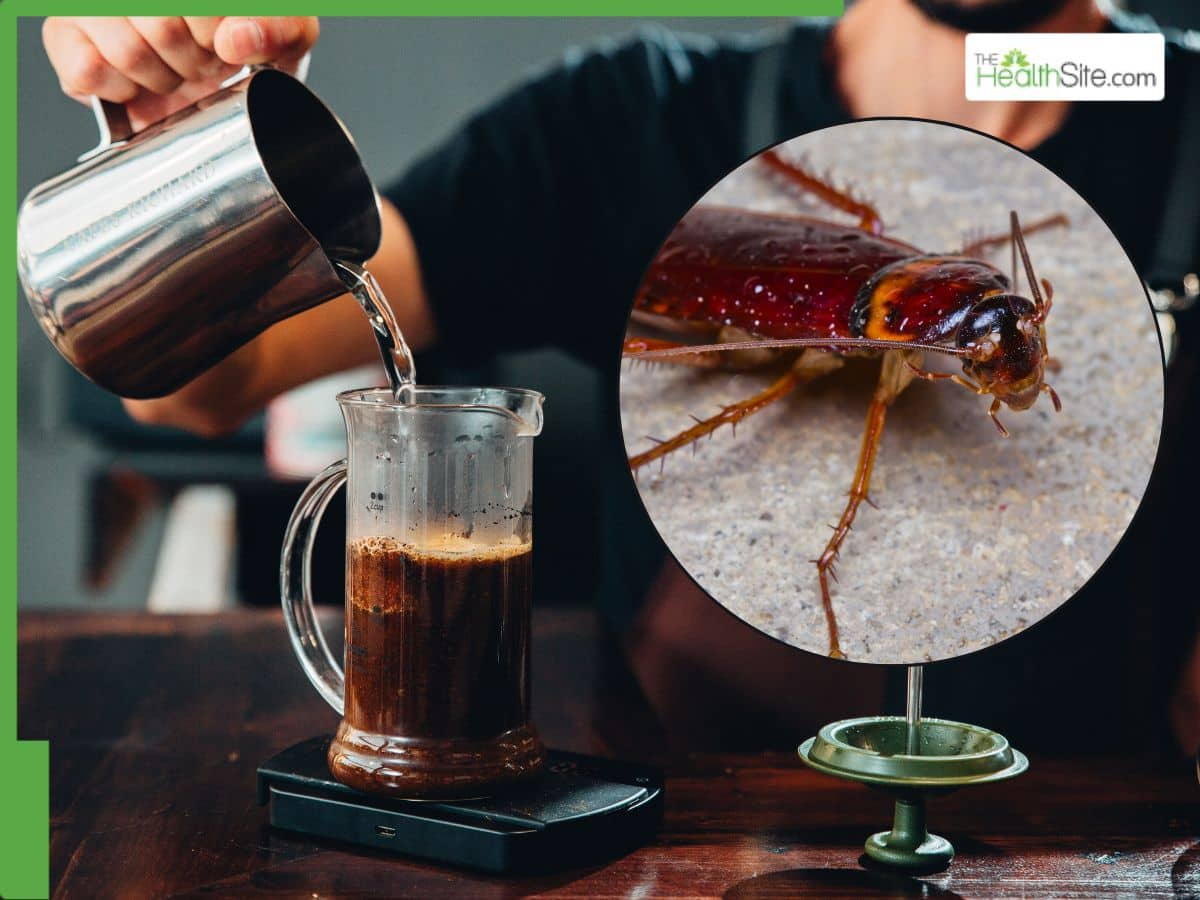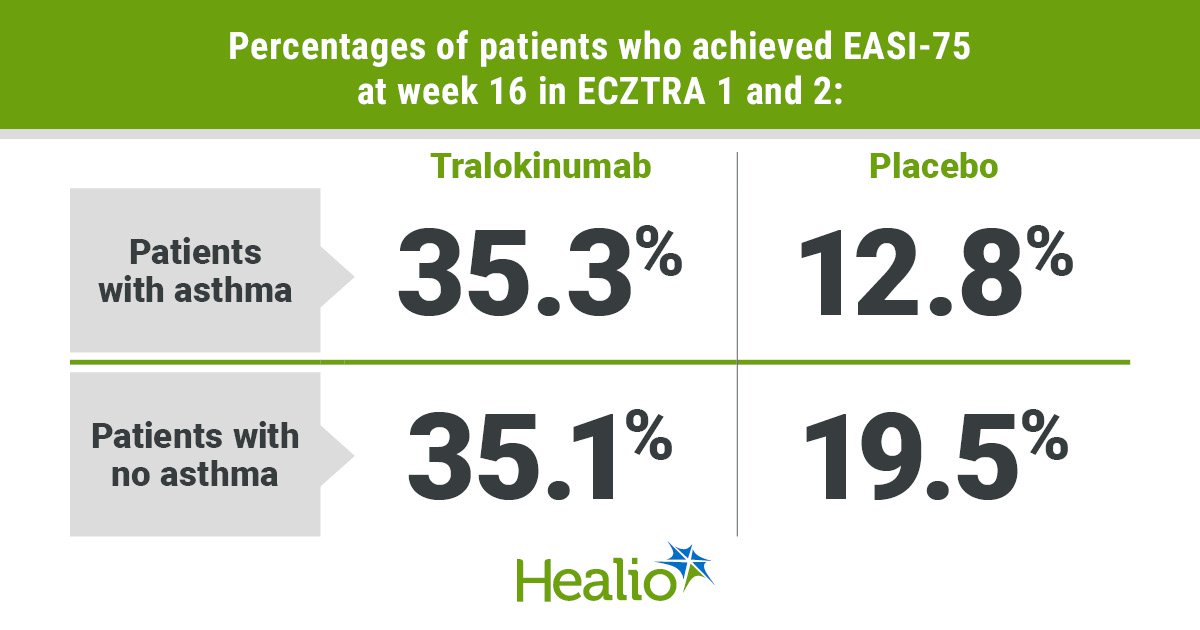Summary
It has been noted that the U.S. Food and Drug Administration (FDA) has even given a green light for adding a small amount of insect parts, which even includes cockroaches, to be present in coffee, as they claim that it is almost impossible to avoid them while producing them.
Source: TheHealthSite on MSN.com

AI News Q&A (Free Content)
Q1: What are the FDA guidelines regarding the presence of insect parts in food products like coffee?
A1: The FDA allows a certain level of natural or unavoidable defects in foods, which includes insect fragments, as it is nearly impossible to produce food products entirely free of such contaminants. These guidelines are intended to ensure safety without imposing unrealistic standards that could result in food shortages or unfeasible production costs.
Q2: How common are insect parts in pre-ground coffee, and why are they difficult to eliminate?
A2: Insect parts, including cockroach fragments, are common in pre-ground coffee due to the nature of coffee processing, where beans are stored in large facilities that can attract insects. The grinding process further incorporates these fragments into the final product, making them difficult to eliminate entirely without significant changes to production methods.
Q3: What potential health concerns are associated with consuming insect parts in food, specifically coffee?
A3: Ingesting small amounts of insect parts is generally considered safe for most people. However, individuals with specific allergies, such as those to cockroaches, may experience adverse reactions. Research indicates that proteins found in insects can trigger allergic responses similar to those caused by shellfish.
Q4: Are there any scientific studies addressing the allergenic potential of insect parts in foods?
A4: Recent studies have explored the allergenic potential of insect proteins, noting that they share similarities with allergens in shellfish. These studies suggest that while the general population may not be affected, individuals with known allergies to crustaceans or insects should be cautious.
Q5: How does the presence of insect parts in coffee compare to other common food contaminants regulated by the FDA?
A5: Similar to insect fragments in coffee, other foods may contain natural contaminants such as mold, rodent hairs, and insect parts. The FDA has established defect action levels for various products, balancing safety with practicality to ensure that food remains safe and economically viable.
Q6: What steps can consumers take to reduce their exposure to insect parts in coffee?
A6: Consumers can reduce exposure by purchasing whole bean coffee and grinding it themselves, as whole beans are less likely to contain insect fragments compared to pre-ground coffee. Additionally, choosing brands that adhere to stricter manufacturing practices may help minimize contamination.
Q7: What are the broader implications of FDA regulations on food safety concerning unavoidable defects?
A7: FDA regulations on unavoidable defects play a crucial role in maintaining food safety while ensuring that food production remains feasible and cost-effective. These regulations help prevent food shortages and keep prices stable by acknowledging that certain contaminants are inevitable in natural food processing environments.
References:
- Food Safety Modernization Act - https://en.wikipedia.org/wiki/FDA_Food_Safety_Modernization_Act
- Type I Hypersensitivity Reaction - StatPearls Publishing
- Food contact materials - Wikipedia





